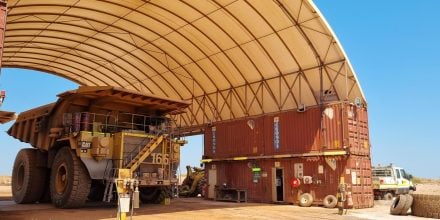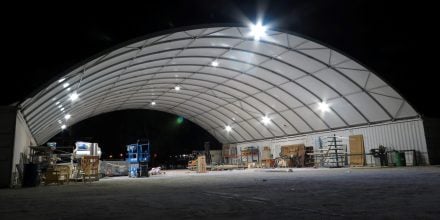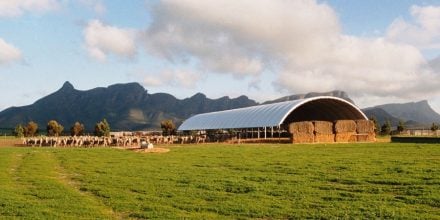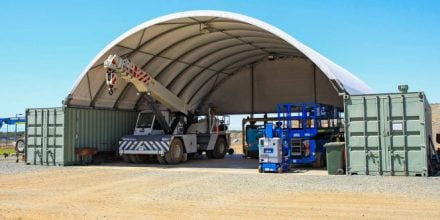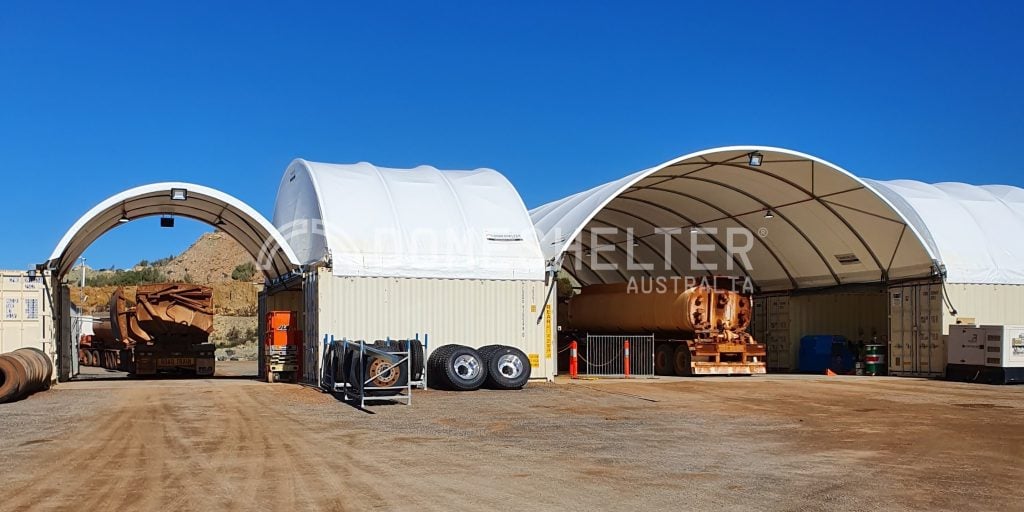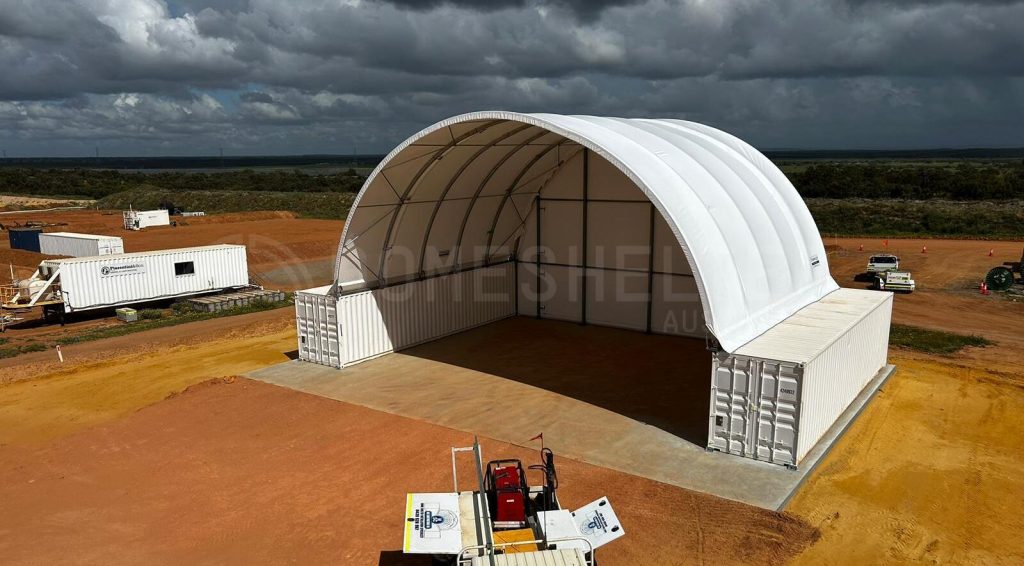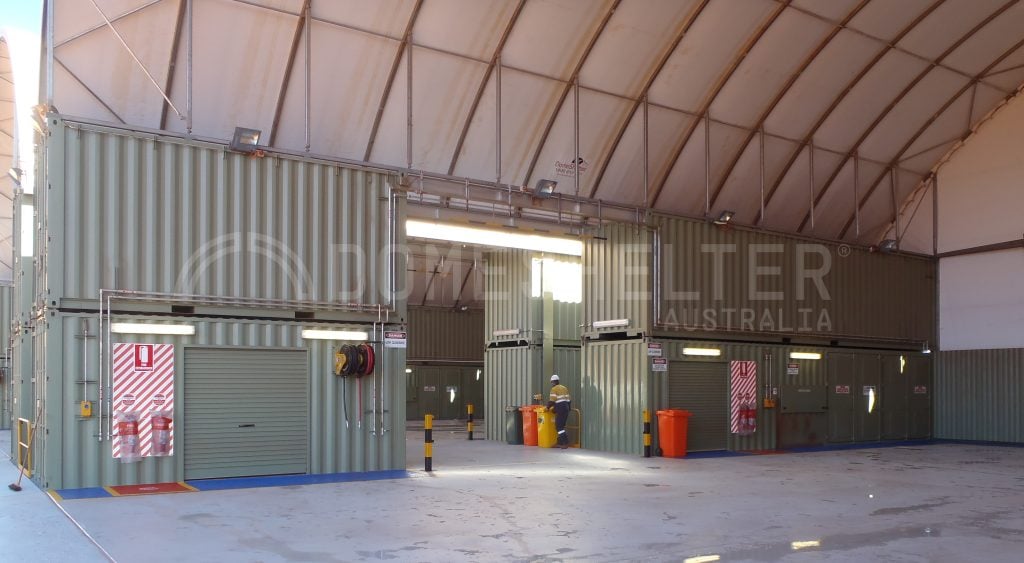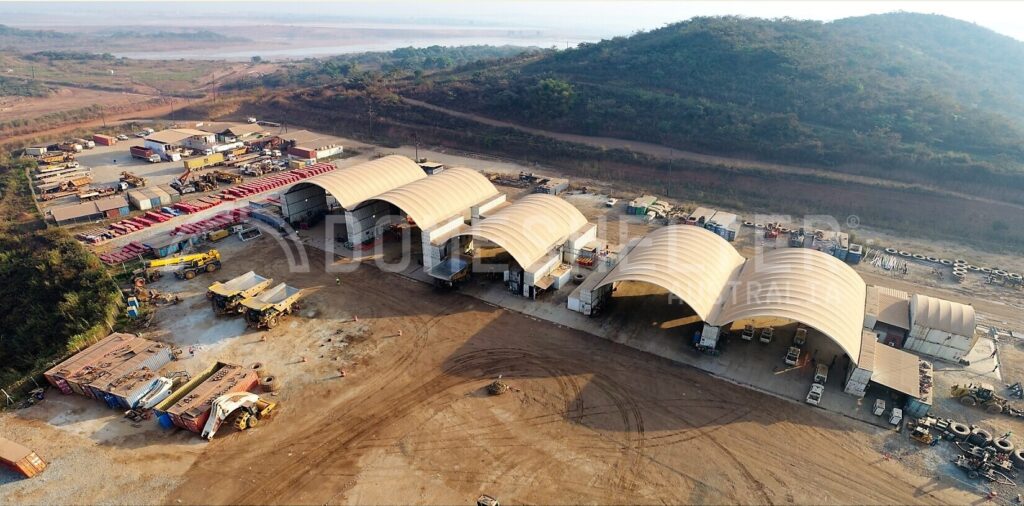
Many industries involving outdoor work have to grapple with harsh and unpredictable conditions. Mining, for example, typically occurs in extremely harsh environments, with complex compliance regulations. Work on construction sites needs to continue through even the harshest weather for projects to remain on schedule and on budget.
Harsh conditions, such as extreme weather, remoteness, and challenging environments, can result in complex financial implications if not properly considered and mitigated. These implications are not often explored and can be easy for companies to overlook. This article will explore how operating in harsh conditions could involve unique financial implications, and how companies can prepare and minimise their impact.
The Hidden Costs of Harsh Conditions
There are a range of ways in which harsh conditions may financially impact operations, some obvious and some more obscure.
These are typically related to increased maintenance and repair costs, productivity challenges, downtime, and more.
Equipment Maintenance
Harsh weather and remoteness can influence equipment performance and can cause increased need for maintenance and can even result in damage.
High winds and other inclement weather can cause damage or even destruction of equipment and machinery, as a result of flying projectiles or the equipment itself being overturned by extreme winds. Heavy rain can cause water damage, rust and corrosion, and electrical damage; heat can cause overheating and mechanical failures; dust can infiltrate equipment systems; and the list continues.
Companies operating in harsh regions involving outdoor work may not consider sheltering equipment and machinery a priority, but it is important to consider the mitigation effects and lengthened lifespans associated with protecting equipment from harsh weather.
Worker Productivity
Harsh weather can negatively impact worker morale and therefore productivity. Heat has been proven to reduce focus and productivity and increase stress. Workers being exposed to the elements may lead to discomfort and unhappiness.
Exposure to harsh conditions may also lead to a much higher risk of unplanned downtime, if work is unable to continue due to extreme weather. Productivity levels directly correlate with the ability to continue to work uninterrupted, which can be difficult in harsh conditions.
This is a particular concern in industries involving outdoor work, such as mining, logistics, agriculture, construction, and so on.
Infrastructure and Facilities
Harsh conditions can complicate the process of equipping worksites with the appropriate infrastructure needed to support efficient operations.
Maintaining – and even initially constructing – this infrastructure in harsh and remote environments can be a complex, highly involved process, with large cost burdens associated with transporting materials and labor to these sites.
Harsh conditions can also threaten the structural integrity of buildings and structures, necessitating more intensely engineered solutions or frequent repairs to any damage.
Mitigation Strategies to Minimise Financial Implications
While the financial implications of operating in harsh conditions are evident, there are several proactive strategies that businesses can employ to minimise these costs.
These strategies aim to enhance operational efficiency, protect equipment and assets, and ensure the well-being of workers without resorting to major overhauls or costly investments.
Equipment Maintenance Programs
Implementing regular and comprehensive equipment maintenance programs is key to prolonging the lifespan of machinery. Scheduled inspections, cleaning, and upkeep can prevent rust, corrosion, overheating, and other weather-related issues. It’s essential to establish a preventive maintenance schedule that addresses the specific challenges posed by harsh weather conditions.
Weather-Resistant Equipment and Sheltering
Investing in weather-resistant equipment and machinery designed to withstand extreme conditions can significantly reduce maintenance and repair costs. When feasible, providing shelter for equipment can protect it from the harsh elements, extending its life and minimising the need for constant repairs.
Employee Welfare Initiatives
To boost worker morale and productivity, businesses should consider employee welfare initiatives. Providing sheltered rest areas – or even sheltered work areas where possible – and personal protective equipment (PPE) suitable for harsh conditions can make a significant difference in worker comfort and overall job satisfaction.
Work Scheduling and Planning
Planning work schedules to minimise exposure to extreme conditions is another practical approach, if feasible. Avoiding outdoor work during the hottest parts of the day or scheduling routine maintenance during off-peak weather hours can help reduce health risks and productivity loss. However, this may not be a relevant solution in industries requiring year-round work, such as construction and mining sites.
Appropriate Infrastructure Solutions
Shelter is not only a practical solution to protect workers and assets from the harmful effects of harsh conditions, but selecting appropriate shelter solutions is itself an important strategy to mitigate potential cost burdens.
Transporting large amounts of materials and organising for labour to construct many traditional building types can become prohibitively expensive in remote and harsh regions. Leveraging local and on-site resources and opting for modular structure techniques, while still ensuring an investment that is robust and able to withstand harsh conditions, can lead to substantial savings in the long run.
In Conclusion
By embracing appropriate mitigation strategies, businesses can effectively reduce the financial impact of operating in harsh conditions while ensuring the safety and well-being of workers and the longevity of equipment and infrastructure. While challenges persist, proactive measures can lead to more efficient and cost-effective operations in even the harshest of environments.
To learn more about how durable and proven Shelter Solutions can significantly help companies improve their productivity, deliver return on investment, and protect people and assets from the elements, visit our learning centre or get in touch today.




